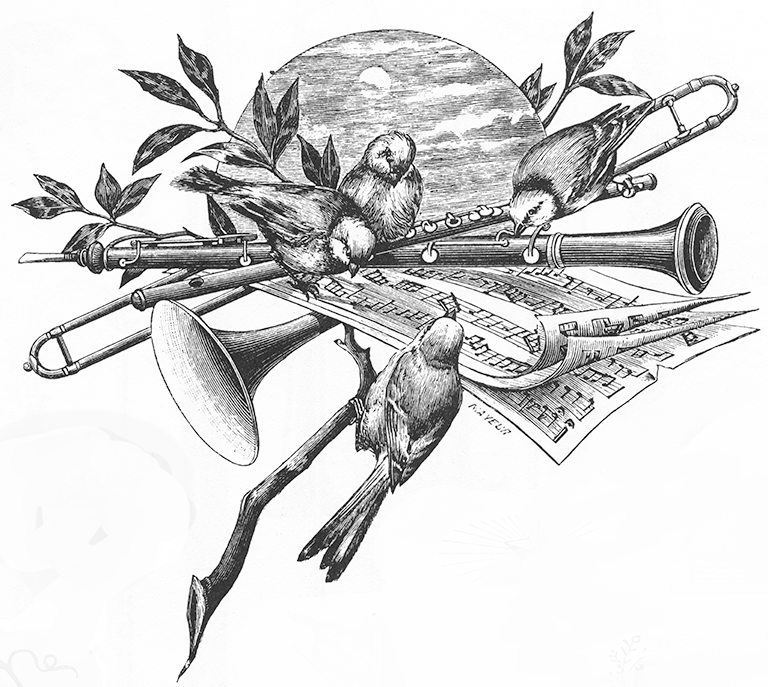End of a Historic Decade
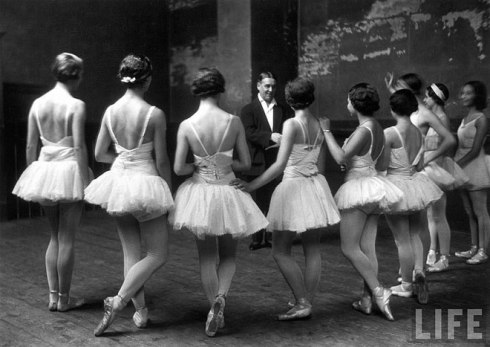
1930 News Highlights
- The Great Depression spreads world-wide, but arguably worst in the United States. The Roaring Twenties are definitely over.
- The United Kingdom, Japan, and the United States sign the London Naval Treaty to regulate submarine warfare and limit naval shipbuilding.
- In German elections, the Nazis become the second-largest party in the Reichstag.
- The tiny mini-planet Pluto is discovered.
- Mahatma Gandhi begins civil disobedience against British control of India.
- France withdraws French troops from the Rhineland.
- The Motion Picture Production Code creates strict guidelines for sex, crime, religion and violence in films which last for 40 years.
- Scotch Tape is sold by 3M for the first time.
- Ellen Church, a nurse, becomes the world’s first female stewardess on a commercial airplane for Boeing Air Transport (later, United Airlines) on May 5th.
- Construction of the Boulder Dam (a.k.a. the Hoover Dam), begins on the Colorado River in the U.S.
- Nicolas Slonimsky conducts the premiere of Charles Ives’s Three Places in New England. Stravinsky’s Symphony of Psalms premieres in Brussels. Ravel’s Piano Concerto for the Left Hand, commissioned by the pianist Paul Wittgenstein was completed (but not performed until 1932).
- The Rise and Fall of the City of Mahagonny (Aufstieg un Fall der Stadt Mahagonny), a political-satirical opera composed by Kurt Weill to a German libretto by Bertolt Brecht, is first performed in Leipzig.
- The movie Animal Crackers stars the Marx Brothers, Lillian Roth and Margaret Dumont.
- Due to the Depression, record sales drop 50% from 1929.
- The BBC Symphony Orchestra is formed in London.
- Popular Songs: “Body and Soul” by Johnny Green and Edward Heyman, Robert Sour and Frank Eyton; “Embraceable You” and “I Got Rhythm” both by George and Ira Gershwin; “Georgia on My Mind” by Stuart Gorrell and Hoagy Carmichael.
1930
Without a doubt, the most famous woodwind quintet of 1930 was that of Jacques Ibert, his Trois Pièces Brèves. So, it might surprise many to find out it was recycled from incidental music Ibert had just completed. I’ve written an entire article about this work and Ibert.
In our original 2016 discussion of the Roaring Twenties Woodwind Quintets, we were dealing with works from 1922 to 1930. Now, with the addition of nearly 50 more works, 1930 (except for Ibert’s quintet) is a bit of a summing up of our series. Of the works from 1930, only three seem to be presently published, but there are musicological mysteries galore to be found herein.
In addition to the quintet by Jacques Ibert, we have ten works by Matija Bravnicar, Yvonne Desportes, Alvin Etler, Filip Kutev, Guillaume Landre, Bohuslav Martinu, Josep Slavenski, Gustav Strube, Edith Swepstone, and Felix Zrno. At the end of the article, there is a short Epilogue to sum up this series.
Matija Bravnicar
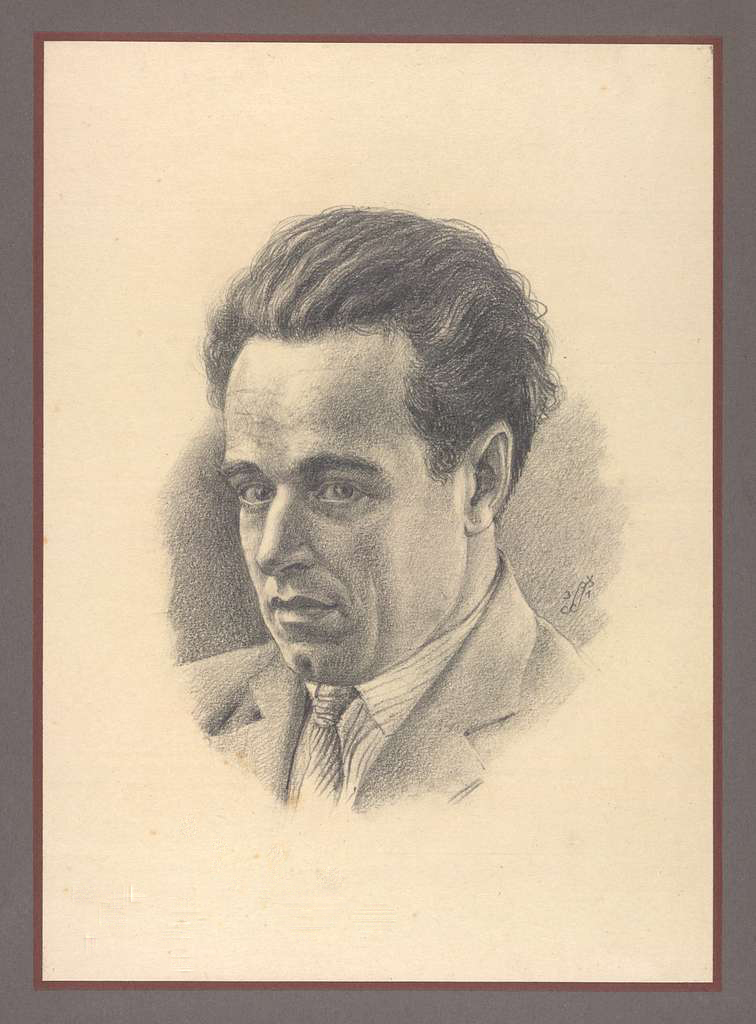
Bravnicar’s Bläserquintett Nr. 1 was written in 1930, and possibly unpublished.
Matija Bravničar was born in Tolmin, Slovenia on February 24, 1897. After serving in the Austrian army from 1915-1918, Bravnicar studied at the Ljubljana Conservatory, graduating in 1932. He was a violinist with the opera orchestra in Ljubljana from 1919 to 1945 and a professor of composition at the academy of music until 1968. He was one of the first Slovenians to write symphonies (he wrote 4). According to Andrej Rijavec and Ivan Klemenčič in Grove Music Online, he used Slovenian folk elements, although his music is expressionist while occasionally using 12-tone methods. He died on November 25, 1977 in Ljubljana, Slovenia.
Bravnicar wrote his first woodwind quintet in 1930, which would make it a student work. I’ve found no information about its publication. He also wrote a Trio for flute, clarinet and bassoon in the same year. His second quintet was Stiri skladbe za pet pihalonih instrumentov (Four pieces for Five Wind Instruments), written in 1968 and published in Ljubljana by the Edicije Drustva slovenskih skladateljev (Editions of the Society of Slovene Composers, www.dss.si ) in 1971.
Yvonne Desportes
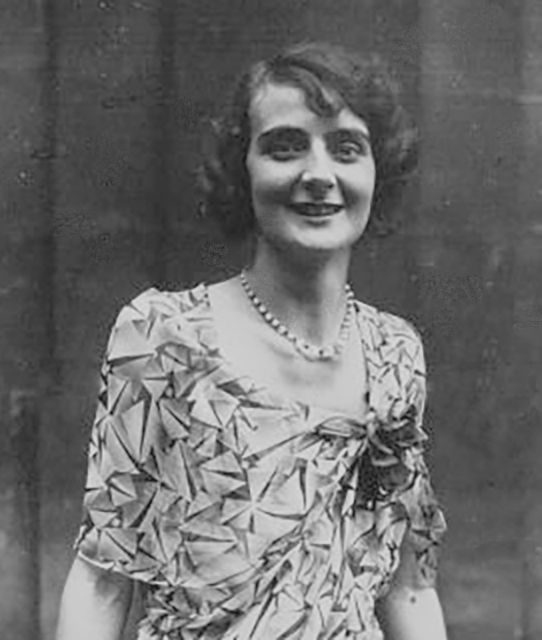
The Prelude, Variations and Finale on a Gregorian Chant was written in 1930 and published in Cincinnati by A. J. Andraud in 1938, which is now part of Southern Music in San Antonio, Texas, although it doesn’t seem to be in their current catalog.
Her full name was Yvonne Berthe Melitta Desportes. She was born in Coburg, Germany on July 18, 1907 and died in Paris on December 28, 1993. Following in the footsteps of her father, composer Emile Desportes, she studied composition at the Paris Conservatoire with Dupré and Dukas. She received the Prix de Rome in 1932 and later taught solfège, counterpoint and fugue at the Conservatoire for 35 years.
An active composer of over 500 works, she is considered to be the foremost French woman composer of her generation after Lili Boulanger. She also wrote a Sérénade Exotique for wind octet in 1975 and a work for woodwind quintet and piano, Prelude et Pastorale.
Alvin Etler
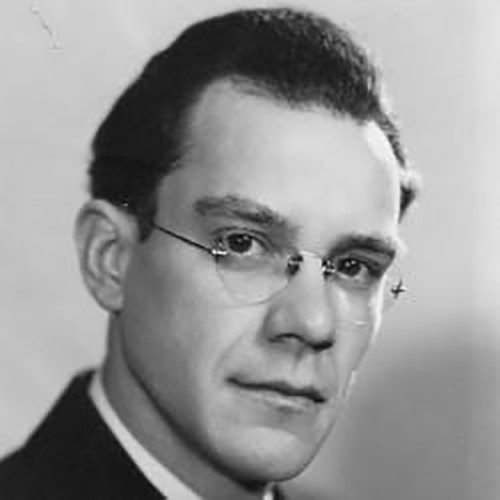
Alvin Etler wrote Four Impressions in 1930 for woodwind quintet. A holograph of the Four Impressions is part of the Samuel Baron Collection in the Juilliard School Library. Etler was only 17 when he composed it. His early training was somewhat haphazard, but when he was appointed director of the band at Yale University in 1942 he began studies with Paul Hindemith (twenty years after Hindemith wrote his quintet). In lieu of hunting down this unpublished work, quintet players might consider performing Etler’s Quintet No. 1 of 1955 (published in New York by Associated Music Publishers in 1960) or his Quintet No. 2 of 1957 (also published by Associated Music Publishers, in 1960) as more mature works. Both of these quintets were premiered by the New York Woodwind Quintet.
As an oboist, Alvin Etler (born February 19, 1913 in Battle Creek, Iowa; died June 13, 1973 in Northampton, Massachusetts) was well-acquainted with wind groups. He also wrote a Concerto for Wind Quintet and Orchestra (premiered by the New York Woodwind Quintet with the Japan Philharmonic in Tokyo; published by Associated Music Publishers in New York); a Concerto for Violin and Wind Quintet (a sextet, published by G. Schirmer), a Suite (1960) for flute, oboe, and clarinet, published by Associated Music Publishers); Fragments for flute, oboe, clarinet and bassoon (AMP); a Quartet for clarinet, viola and bassoon; and a Sextet for oboe, clarinet, bassoon, violin, viola and cello. He also wrote a Sonata for Bassoon and Piano.
Filip Kutev (a.k.a. Philip Koutev)
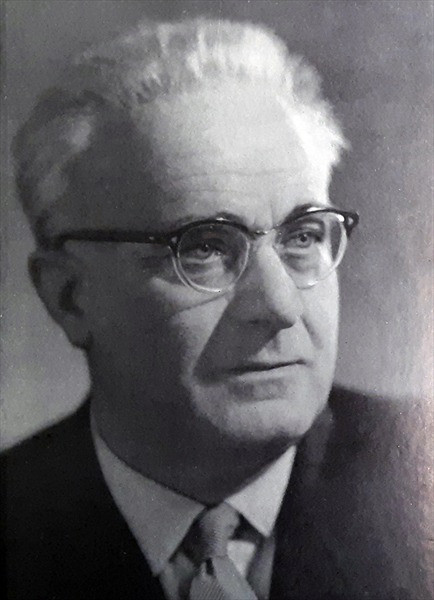
Filip Kutev was a Bulgarian composer and violinist, born June 13, 1903 in Aytos, Bulgaria and died on November 27, 1982 in Sofia. His Woodwind Quintet (listed online as Bläserquintett) was written in 1930, the year after his graduation from the State Academy of Music. Perhaps because of the difficulty of making a living as a violinist in Bulgaria, he spent a large portion of his career working as a bandmaster for various army bands and orchestras and eventually for the Bulgarian Ministry of Defense, responsible for the army’s music and cultural activities.
Kutev is now well known for using Bulgarian folk music fused with western classical harmonies and forms. He and his wife, Maria Kuteva, founded the State Ensemble for Folk Song and Dance in 1951, which was renamed the Filip Kutev Ensemble after his death. He was also chairman of the Union of Bulgarian Composers.
Today, Kutev’s work with folk music totally overshadows his earlier compositions. But if a Bulgarian musicologist could find the quintet, it would probably be an interesting contrast to his later works.
Guillaume Louis Frederic Landré
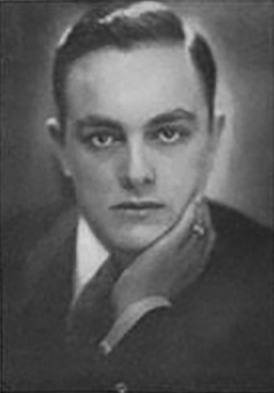
Landré’s Kwintet was written in 1930 and published in Amsterdam by Donemus in 1948. Arthur Cohn in The Literature of Chamber Music says that this work uses “polymetric lines,” where different instruments may be playing different meters simultaneously.
A Dutch composer, Landré was born in The Hague on February 24, 1905. Early music lessons were with his father, known as Willem Landre but sharing the same name. He also studied with Willem Pijper (see in the 1929 works) in Utrecht, where he also received his M.A. in law at the University of Utrecht. His law expertise was likely helpful as chairman of the Dutch Music Copyright Society and as President of the Society of Netherlands Composers and later a Vice-Chairman of the International Society for Contemporary Music. His music, generally, is described as neo-classical, with a special knowledge of Renaissance polyphony. Between 1932 and 1970 the Concertgebouw Orchestra performed 80 works by him. He died on November 6, 1968 in Amsterdam.
Landré wrote a second woodwind quintet in 1960. Both quintets were published in Amsterdam by Donemus and are still in their catalog. I have found no recordings of his quintets. They may well be worth exploring, performing and recording.
Bohuslav Martinů
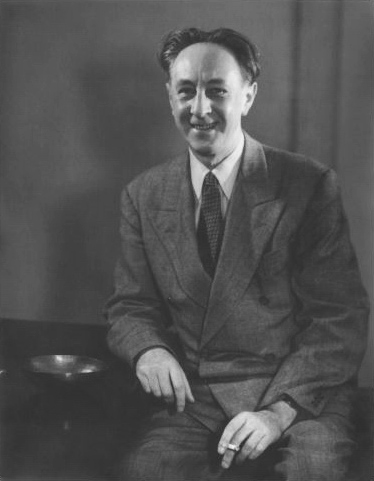
Martinů’s Wind Quintet was written in 1930 and is reported as lost or missing.
Bohuslav Martinů (born December 8, 1890 in Policka, Czechia; died August 28, 1959 in Liestal, Switzerland) had an extremely colorful life history. His father was a cobbler who, in exchange for being also a fire-watcher and bell ringer, was allowed to live with his family in the church bell-tower where Bohuslav was born on December 8, 1890, in the small town of Policka, on the Bohemian-Moravian border. Bohuslav studied violin early and was very gifted musically with an ear for being able to reproduce music on a single hearing.
Martinů earned funds to study at the Prague Conservatory where, by all reports, he was a terrible student. Posthumously, he was diagnosed as probably having Asperger’s Syndrome, and did not do well in structured settings. But he did go to many concerts and enjoyed the cultural life of Prague. With a combination of real ill-health (and possibly simulated bad health), he managed to avoid service during World War I, living with his family and teaching violin.
He served as a violinist in the Czech Philharmonic and began composing seriously after the war. Moving (as so many composers did) to Paris, he continued his composition studies and composing there and this is where he wrote his woodwind quintet. Composed in 1930, it was never published. The autograph score was owned by Miloš Šafránek until the 1960s, when he sold it to a secondhand bookshop in Prague (without making a copy).
Before World War II, the Munich Agreement agreed to the annexation of a good part of Czechoslovakia to Nazi Germany, which many Czechs disagreed with, including Martinů. His showed his nationalist support by writing a Field Mass for the Czech resistance force, which was broadcast in England and heard in occupied Czechoslovakia. This, of course, made him an enemy of the Nazis, so when the Nazis invaded France, Martinu and his wife fled to southern France until they traveled from Marseille to Madrid to Portugal to the United States, where he continued his composition career, even after a severe accident which almost killed him. (This is only a tiny fragment of the amazing story of his life.)
As a teacher, Martinů’s notable (and varied) students included Burt Bacharach, Alan Hovhaness, Vítězslava Kaprálová, Louis Lane, Jan Novák, H. Owen Reed, Howard Shanet and Chou Wen-chung.
Another notable work for winds was Martinů’s Sestetto, written a year before his quintet, for flute, oboe, clarinet, 2 bassoons and piano, with a more modern edition published by Panton in Prague, 1986.
Martinu also wrote a couple of nonets: the first one between 1924-25 for woodwind quintet, strings and piano, which Grove’s reports as incomplete. However, a note on the International Music Score Library Project site, states that it was unpublished, but was performed, although rarely. It was intended for and dedicated to members of the Czech Philharmonic. Today, only portions of the manuscript are known to survive. Much later, in 1959, Martinu wrote a definitely completed Nonet for woodwind quintet and strings (violin, viola, cello and double bass). This was published in a couple of editions in Prague.
Josip Slavenski
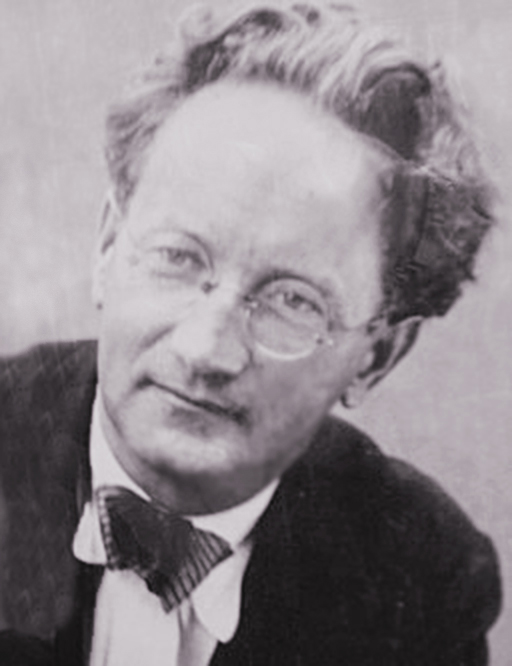
Slavenski’s Duhacki kvintet (Wind Quintet) dates from 1930. It appears that its first publication was not until after his death, in 1983, by Zagreb’s Drustvo skladatelja Hrvatske, Beograd: Udruzenje kompozitora Srbije, 1983. As best as I can tell, the publication is a large collection of Slavenski’s works which has had some success in its distribution throughout European and American university libraries. Using WorldCat, you might find it in a library near you.
Serbian composer, Josip Slavenski (also known as Josep Stolcer-Slavenski) was born in Cakovec, about 90 kilometers north of Zagreb, on May 11, 1896. In 1913 he entered the Budapest Conservatory, where his teachers included Zoltán Kodály, and Béla Bartók. World War I interrupted Slavenski’s studies with army service and afterwards he had to help his father’s bakery business. In 1921 he finally resumed his studies at the Prague Conservatory where he also joined the International Society for Contemporary Music. He returned to Croatia in 1923 and then spent part of 1925-26 in Paris where he met D’Indy, Milhaud and Poulenc and negotiated a contract with B. Schott’s Söhne which bought up the rights for all works he had written up to then. Slavenski returned to Belgrade for the remainder of his life. In 1945 he became professor of composition at the Belgrade Academy. With his symphony Balkanophonia, he became the first Yugoslavian composer of the twentieth century to grow an international reputation.
The folk music of Medjimurje in north-western Croatia, where he was raised, was important in his early development. In Budapest he began experimenting with polytonality, dissonance, and counterpoint and other facets of modernism, making him one of the few avant-garde composers in Yugoslavia. Belgrade was not a welcoming environment for such modernism. He composed little after 1938 and was seldom performed between 1940 and 1956. His modernist inclinations would have received no encouragement from the Nazis who invaded the country during the war, nor from the Communists after the war. After death, his music was finally recognized.
A historic recording of his quintet was made in 1975 by the Belgrade Wind Quintet. It appears to be the only one available on YouTube or anywhere else. On listening, this woodwind quintet sounds unique. It has elements as described above: folk melodies, polytonality, contrapuntal voices and some piquant dissonances. (The dissonances are less intrusive today than they would have been over 90 years ago.) The use of folk melodies and rising scales reminds me superficially of Endre Szervánszky’s much more tonal first woodwind quintet. But Slavenski’s quintet is more adventurous and modern-sounding. If you can find a copy, this quintet needs a renaissance. Its last recording appears to have been almost a half century ago; it deserves a new one.
Gustav Strube
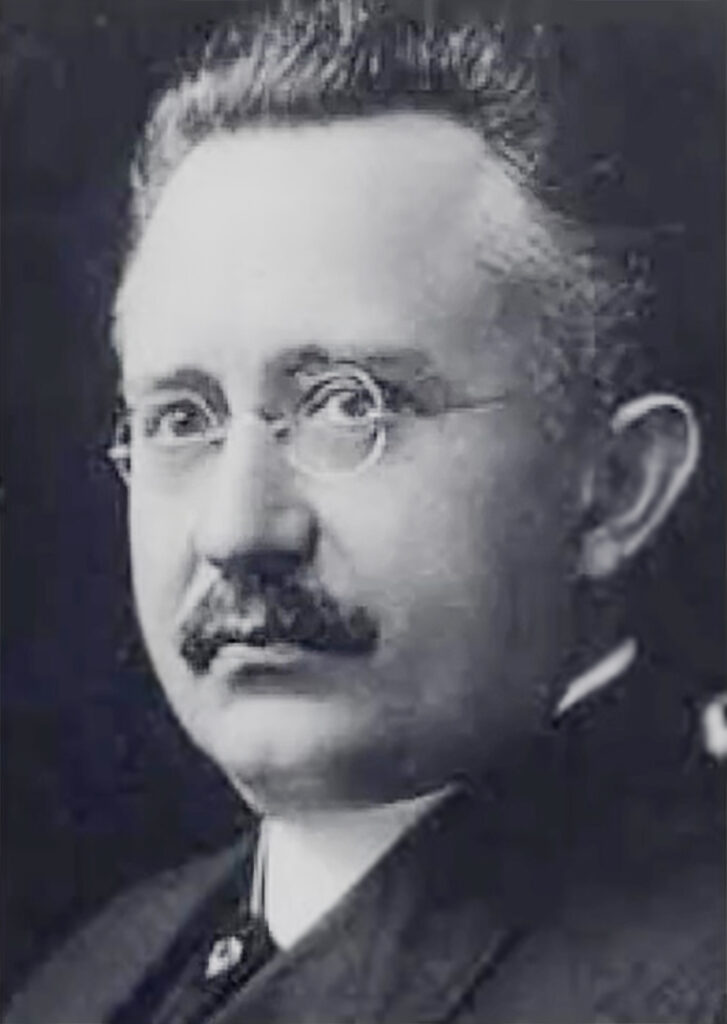
Strube wrote his Quintet in 1930. It’s duration was an extensive 35 minutes.
Born in Ballenstedt, Germany on March 3, 1867 and died February 2, 1953 in Baltimore, Maryland in the U.S., Gustav Strube was a violinist, conductor, composer and teacher. He emigrated to the United States and he became a violinist with the Boston Symphony Orchestra in 1890, conducted the Boston Pops, then taught at the Peabody Conservatory and was the first conductor of the Baltimore Symphony Orchestra.
The 1930 quintet coincides with his work in Baltimore, Maryland (at Peabody and the BSO). It doesn’t appear to have been published. If the manuscript still exists, it would logically be in the Baltimore area. But checking the Peabody Institute, the University of Maryland, the Library of Congress and other online libraries, I couldn’t find it.
Edith Swepstone
Edith Swepstone’s Quintet was written in 1930. Like most of her music, it appears to not have been published and is possibly lost.
Edith Mary Swepstone was born in Stepney, London on January 4, 1862 to William Henry Swepstone, a solicitor, and Mary Turner, a wealthy family. Edith studied music at the Guildhall School of Music and later worked as a lecturer at the City of London School. In a continuing project by the Bournemouth Municipal Orchestra for the performance of women composers between 1899 and 1933, 14 of Swepstone’s orchestral works were performed by them for a total of 24 performances (more than any other single woman composer), but this does not seem to have translated into many more performances by other orchestras, except for a performance of her Les Tenebres at Queen’s Hall in London.
The premiere performance of the Quintet was on November 8, 1930 at the South Place Concert Series, and repeated on December 12, 1930 in Sheffield, England. It is mentioned in Jessica Clair Beck’s downloadable thesis on “The Women Musicians of South Place Ethical Society, 1887-1927,” published in 2018, which includes significant info on performances by this composer. (Clicking the link downloads a PDF file.) The society sponsored the South Place Concert Series, a weekly chamber music concert series in London, beginning in 1887. Many of Swepstone’s chamber works were performed there. This thesis is probably the most complete biographical essay available about Swepstone (and several other women composers of early 20th century London).
Swepstone wrote another woodwind quintet, a Quintet in D in 1891. She also wrote two quintets for piano and winds: her Quintet in E-flat, premiered on December 18, 1898 and was performed by the composer (on piano) and Frederic Griffith, flute; Julian Egerton, clarinet; T. Wotton, bassoonist; and Adolf Borsdorf, horn on December 18, 1898. Another Quintet No. 2 for piano, oboe, clarinet, horn and bassoon was premiered on December 12, 1937. There was also at least one quartet for winds and a performance list includes a Scherzo for flute, oboe, clarinet and bassoon (performed April 5, 1930), and a Quartet for the same instrumentation, performed on March 1, 1930. (With the proximity of the dates of performance, it could be that the Scherzo was one of the movements of the Quartet.) The current existence of these scores is unknown. Ms. Swepstone lived until February 5, 1942. There obviously is the need for discovering whatever happened to all of these different scores and, hopefully, arranging a performance or publication of them.
Felix Zrno
Zrno’s Cestou (English: On the Way; German: Unterwegs) Suite for Wind Quintet was written in 1930.
Born on October 2, 1890, in Prague, Felix Zrno was a Czech choirmaster, composer, and music educator. Graduating from a teacher’s school in Prague, he continued his studies in piano, voice, violin and composition while also working as a teacher. It appears (from my fumbling with the Czech language version of Wikipedia and Google Translate) that he spent the war years of 1939-1945 as a director of a school rather than serving in the military (at age 49+: he was probably too old for conscription). After the war he worked to improve the music education system in Czechoslovakia.
Zrno wrote another woodwind quintet suite, Letní den (English: A Summer’s Day, German: Sommertag) in 1944 and also a sextet Putovali hudci (Wandering Musicians? Gypsies?) Suite in 1956 for woodwind quintet and violin. I have found no publishers of these works, nor have I found any recordings. Again, it will probably take research from a Czech-language musicologist to locate these works, since the information in English is almost non-existent.
Epilogue to the Roaring Twenties Series
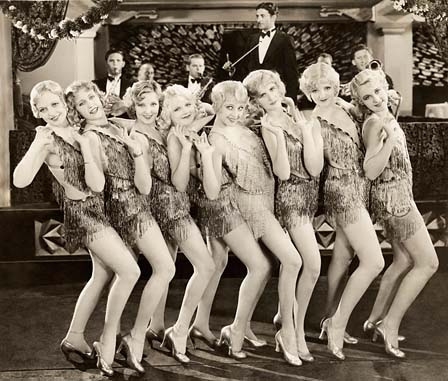
This comes to the end of our list of Roaring 20s woodwind quintets which, in the aggregate, changed the history of the woodwind quintet and of chamber music. Although it is the end of this list, the historical period is the beginning for respectability and the establishment of the woodwind quintet as a viable and valuable medium for all kinds and styles of music.
The original text-only draft of this series came to 44 pages. Although this series is, without doubt, the most complete survey of woodwind quintets during this period of history, there is still a possibility that it might not be complete. There may be other quintets where I have no information about the date of composition that might have been included. And there may be a few other undiscovered quintets still waiting to be uncovered from this period.
If you’ve continued reading throughout these posts, you’ve noticed that there is still much research that can be done on many of the works listed here, and hopefully we will hear many more performances of all the extant works by current and new woodwind quintet performers. The 1920s, continuing into the early 1930s, was an exciting time for art and music and creativity and, despite the world-wide devastation of World War II, reminds us of a time in the early twentieth century that was not totally consumed by politics and conflict.
Outside the world of woodwind quintets, 1927 also saw the creation of the ensemble Trio d’Anche de Paris which launched the reed trio as another important chamber music medium used by many composers. Today, over 650 composers have written over 800 works for reed trios. See our new Trio d’Anche page for much more information.
At least 16 ensemble works (mostly quintets and sextets) for winds and piano were also created during this time. See our Keyboard and Winds page.
I considered adding two other works into the list, sextets for woodwind quintet and bass clarinet. One was Benjamin Britten’s Movement for Wind Sextet of 1930. The other was Leos Janacek’s Mladi of 1924, written for his 70th birthday and a popular piece performed by many woodwind quintet ensembles adding a bass clarinet.
But, if you followed the historical events listed above from 1920 to 1930, you may have noticed that there were lots of warning signs of trouble to come. By 1930 the Great Depression was now in full swing. Also, by 1930, most of the leading players of World War II were already in place: Hitler in Germany, Hirohito in Japan, Stalin in the USSR, Mussolini in Italy, and Franco in Spain. Franklin Roosevelt was elected President in 1932. Only Winston Churchill was still waiting to become Prime Minister after Britain entered the war. By 1933 or 1934, if you didn’t think war was looming, you weren’t paying attention. (Most Americans were not paying attention.) It is worth studying history to make sure we don’t make the same mistakes in the 21st century.
Credits
The image of Yvonne Desportes is from Wikidata.org. Enlarged for web display.
The image of Alvin Etler is (counterintuitively) from the Queen Elisabeth Competition in Brussels, where Etler won 4th prize in Composition in 1953.
The image of Filip Kutev is from Wikipedia. Edited for web display.
The image of Guillaume Landre is from the site Biography Portal of the Netherlands, http://www.biografischportaal.nl . It was enlarged and edited for web display.
The image of Bohuslav Martinu is from the Wikimedia Commons and also used in Britannica’s Biography, Music and Facts. Enlarged and edited for online display.
The image of Josip Slavenski, taken in 1935, was the only semi-usable photo of him I could find on the web, which was heavily damaged (possibly a double exposure). I cropped it and restored it as best as I could and enlarged it for web display. The original source is unknown.
Image of Gustav Strube is a screen grab from a YouTube video of Strube’s Symphony in B minor.
The Chorus Line image is widely distributed around the web, but other than the fact it is associated with the 1920s and it was likely a publicity photo, there is absolutely no info of its actual source.
Fine
Copyright © 2024 by Andrew Brandt
